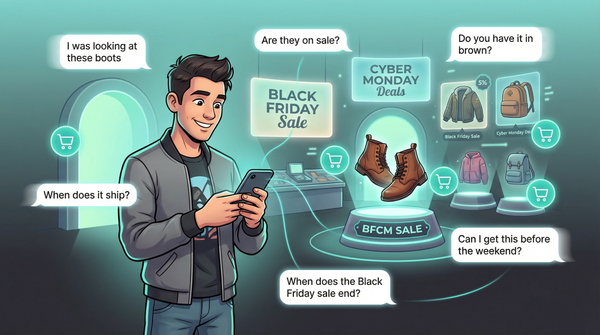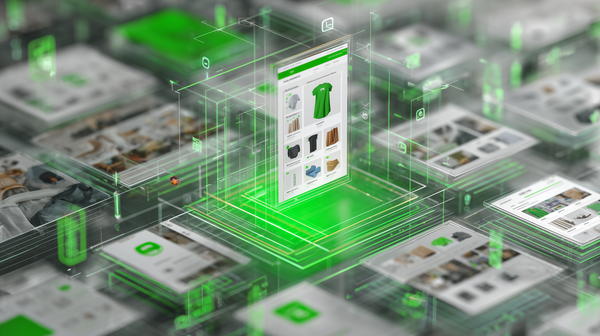Quince’s $4.5B Bet: Viral DTC Brand Raises Mega-Round Despite Funding Freeze
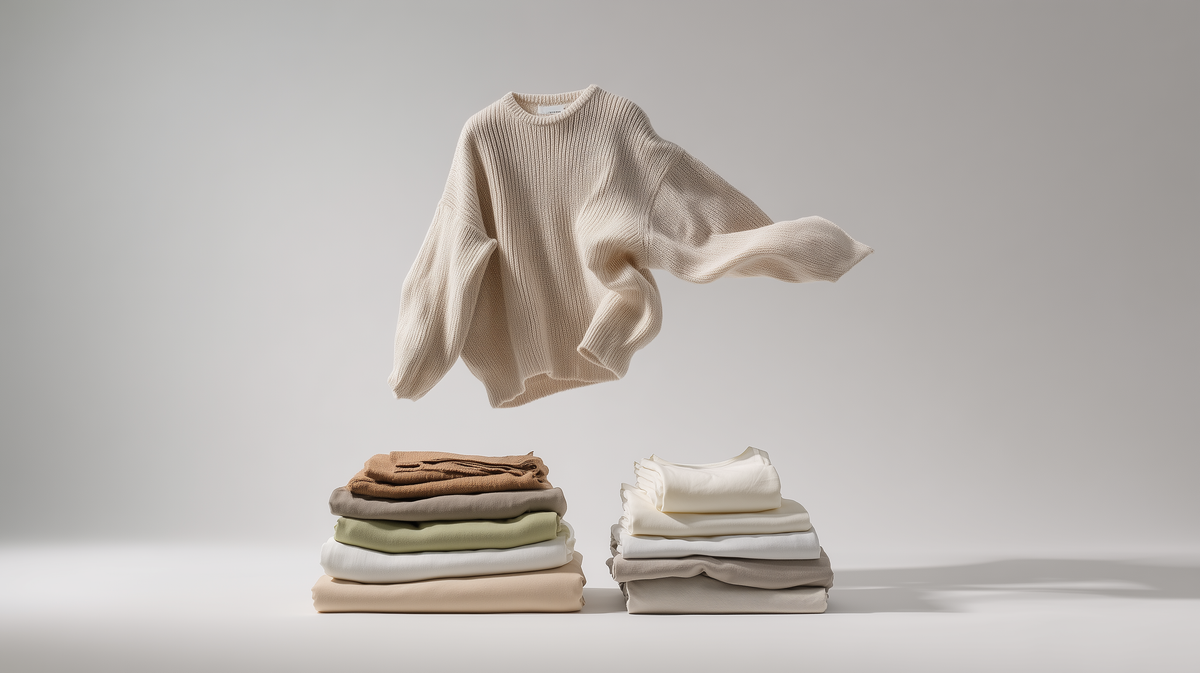
Quince didn’t just defy the DTC downturn—it blew right past it.
In late July, the brand behind $50 Mongolian cashmere sweaters and minimalist Instagram ads announced a $200 million funding round led by Iconiq Capital. The round values Quince at over $4.5 billion—more than double its previous valuation and miles ahead of most of its DTC peers (Business of Fashion).
That scale is rare in a market where DTC funding has collapsed—U.S. investment in e-commerce startups fell 97% from its 2021 peak (Crunchbase). So what’s Quince doing differently? And is this a one-off unicorn—or the start of a new model for DTC growth?
Why Investors Are Betting Big on Quince
Quince’s growth hasn’t just been good—it’s been ridiculous. The brand nearly tripled revenue in 2023, then more than doubled again in 2024, according to Bloomberg Second Measure data (The Cut). Industry estimates now peg Quince’s annual sales at over $500 million, surpassing older brands like Everlane by a wide margin.
This kind of growth in a capital-constrained DTC environment makes Quince an outlier—and a magnet for late-stage capital. Iconiq’s interest reportedly came down to two things: consistently strong revenue and unusually low CAC for a brand at this scale (FashionNetwork).
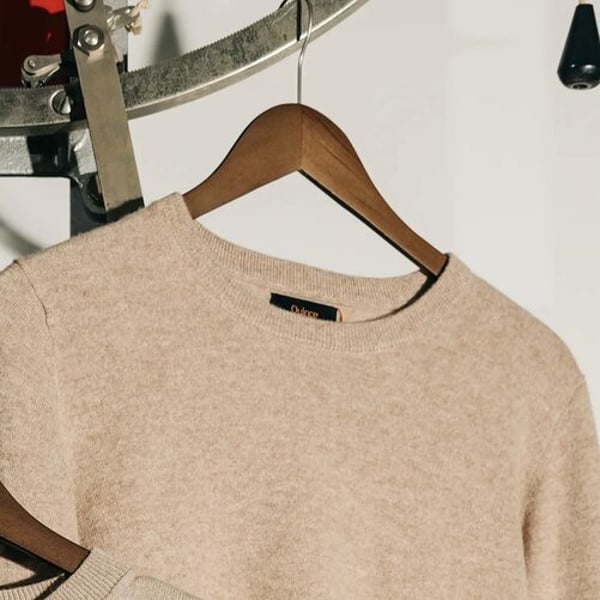
Quince’s virality is no accident. The brand’s Instagram has over 922K followers Instagram, and TikTok is littered with #quincehaul and “$50 cashmere” reviews. It’s the kind of user-generated content most Shopify brands would kill for—created organically thanks to price-point shock and a steady churn of new “dupes” across categories.
“They have an answer for every new thing that’s coming out,” said one customer, who now shops monthly for everything from travel gear to baby clothes (The Cut).
Quince isn’t just riding a trend—it’s engineered a flywheel that turns cost advantage into virality, virality into LTV, and LTV into investor FOMO.
The Factory-to-Consumer Supply Chain That Powers It
At the heart of Quince’s advantage is a supply chain model that’s closer to Temu than Target.
The brand runs a manufacturer-to-consumer (M2C) model: no inventory, no middlemen, just direct shipping from factory floor to customer door (CanvasBusinessModel).
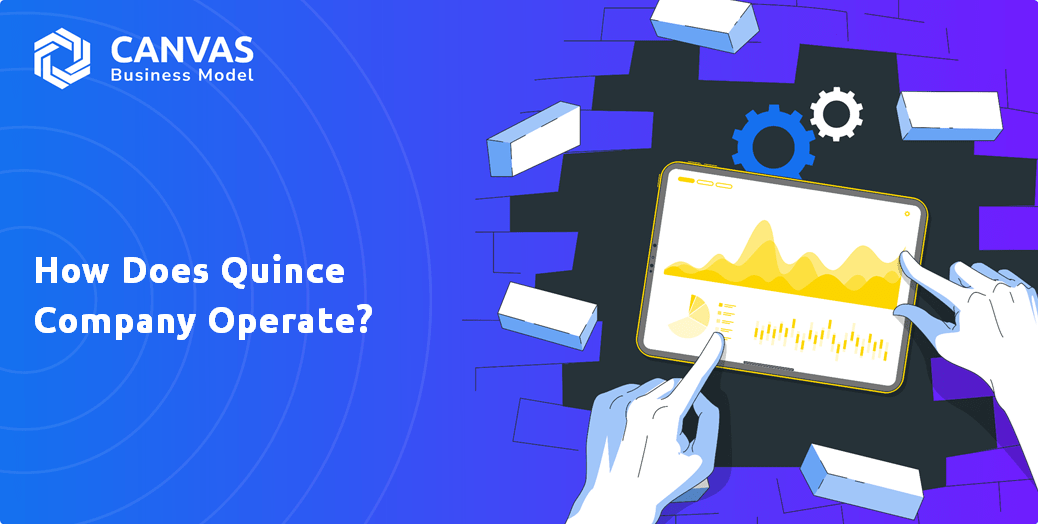
That lets them offer things like:
- $50 Mongolian cashmere sweaters
- $160 Italian leather bags
- $170 spinner luggage
- Even discounted caviar and gold jewelry
All with the positioning of “same factories as the luxury guys, less markup.” And it’s not just marketing—many Quince products are made by the same manufacturers that supply heritage brands (Forbes).
But there’s a cost to being this cheap. Quince pays manufacturers only when orders are placed, often renegotiating after production to squeeze prices further The Cut. It’s an aggressive model that keeps cash outlay low—but potentially strains factory relationships or invites quality slip-ups if vendors feel squeezed.
Still, the model works. It enables the brand to scale categories fast, launch new SKUs weekly, and avoid the working-capital traps that tanked earlier DTCs.
“Basically anything that you are experiencing in your life, [Quince] want[s] to offer at a lower price. It’s like if Amazon and Pottery Barn and J.Crew had a baby.”
— Former Quince employee via (The Cut)
But Can Quince Maintain Quality at This Pace?
As Quince scales, so does scrutiny.
The brand now launches new products at breakneck speed: silk pajamas, sofas, sheet sets, skincare. It recently debuted a third-party beauty marketplace—The Beauty Atelier by Quince—featuring brands like Augustinus Bader and 111Skin (Business of Fashion).
That raises two flags:
- Quality control: Customers expect Loro Piana vibes on a Uniqlo budget. But squeezing vendors and shipping factory-direct leaves less room for QC.
- Brand dilution: How many categories can one “affordable luxury” label credibly own before it just becomes... Temu?
Quince insists its partner factories are “best-in-class” and ethically vetted Yahoo Finance. But operators know how quickly “scale at any cost” can backfire when quality slips.
Dupe Culture, IP Lawsuits, and Competitive Heat
Quince thrives in “dupe culture.” Its website even lists the premium brands it’s undercutting on each product page. That transparency has been a marketing goldmine—but it’s also a legal liability.
In April 2025, Coach sued Quince for allegedly copying its “iconic” handbag silhouettes (The Fashion Law). Bloomberg Law reported that Coach’s complaint could be the first of many as traditional retailers push back against the dupe economy (Bloomberg Law).
Meanwhile, global players like Shein (valued at $64B) and Temu are circling Quince’s turf—with even lower prices and faster shipping (Business of Apps).
Quince may be a better brand, but it’s not immune to commoditization. If competitors can match quality—or beat it on price—the model gets shaky fast.
TikTok Built Quince. Can It Keep the Engine Running?
Quince is what happens when a Shopify brand goes viral on purpose. TikTok hauls. Instagram ads. Podcast reads. Affiliate roundups. All engineered to fuel organic reach.
But every DTC operator knows the risk: virality is fickle, CPMs are volatile, and TikTok’s future in the U.S. is unclear. Even minor algorithm shifts can break growth loops.
If Quince’s CAC starts to rise—or if platform rules change—will it be ready to shift toward owned media, retention, and LTV?
This is where tools like LiveRecover may add future value. As brands like Quince lean into high-SKU, high-volume sales models, the ability to recover abandoned carts with human-powered, P2P SMS becomes a critical layer—not just for conversion but for brand trust. If Quince ever loses its viral shine, it’ll need human touchpoints to sustain its growth engine.
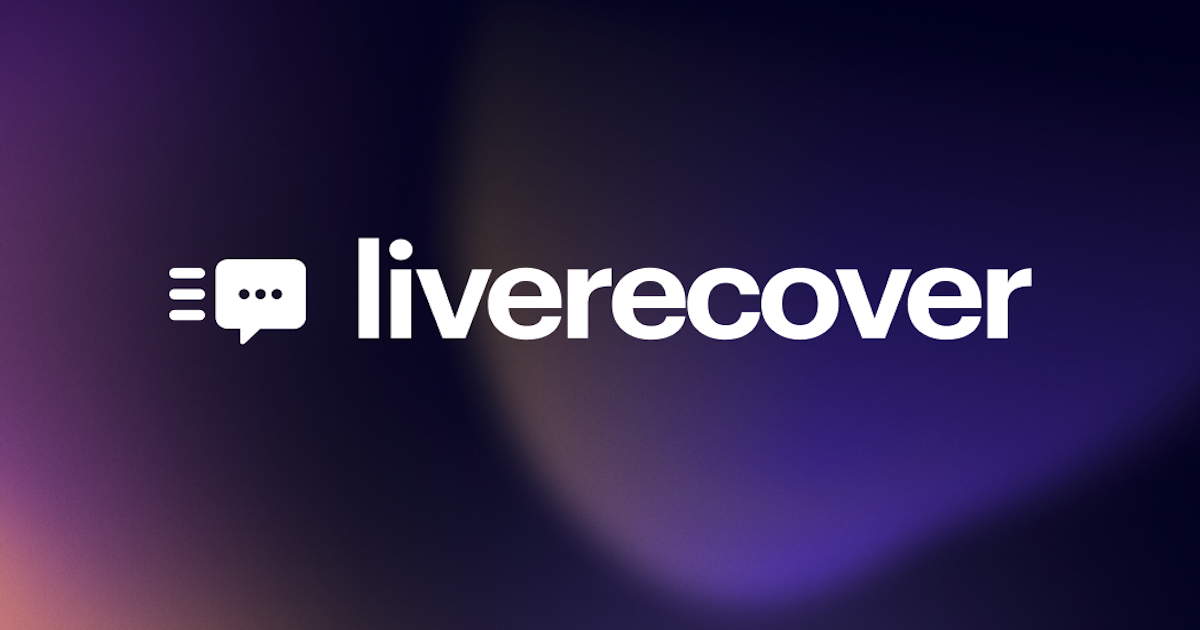
What’s Next? $200M Means It’s Time to Get Serious
The $200M raise gives Quince real ammo—and real pressure.
Here’s where they’re likely to invest:
- Category expansion: More private label, more third-party marketplaces (beauty is likely just the beginning).
- International shipping + warehousing: Especially in markets like Canada, UK, and EU where DTC rules differ.
- Operational muscle: Improved forecasting, more supplier control, potential U.S. inventory hubs to hedge against de minimis changes.
- IPO prep: With a $4.5B valuation, the clock is ticking. Investors like Iconiq will want a public exit or a very large M&A outcome.
And yes, retail is possible. A few Quince showroom pop-ups in high-traffic cities wouldn’t surprise anyone by mid-2026.
TL;DR for DTC Operators
Quince is showing what a new kind of DTC playbook looks like in 2025:
- Factory-direct logistics.
- SKU velocity + virality.
- Margin sacrifice in exchange for loyalty, speed, and scale.
But make no mistake: Quince has a narrow runway to prove this model can work long term, not just in TikTok cycles. Quality, brand affinity, and retention will matter more than the next dupe drop.
For Shopify brands looking for signal in a crowded space, Quince is a case study worth watching. Just don’t try to copy-paste it without understanding the risks.
Subscribe for weekly DTC insights.




